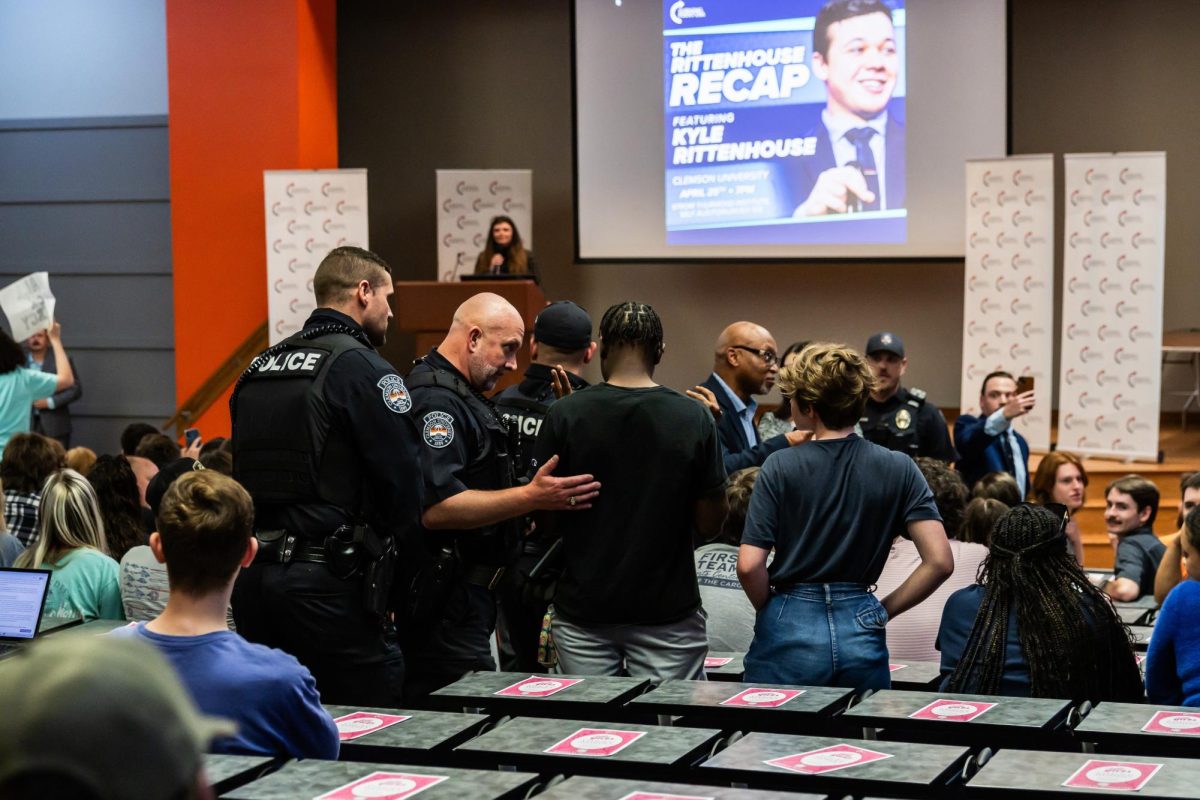The first man to ingest LSD took 10 times the normal dosage. His name was Albert Hoffman, and he was a young Swiss chemist examining the pharmacological properties of lysergic acid — an organic extract of the rye fungus, ergot.
What seemed like a typical day in the lab turned out to be far from normal as Hoffman synthesized his 25th derivative of lysergic acid, lysergic acid diethylamide. He accidentally ingested this LSD-25 and left the lab feeling dizzy. The next couple hours were filled with “fantastic visions of extraordinary vividness accompanied by a kaleidoscopic play of intense coloration continuously swirling,” Hoffman said. This was the world’s first documented acid trip.
Since LSD’s initial synthesis and its eventual distribution, the drug has assumed a mythical and almost taboo quality, prompting philosophical, religious and scientific debate on the merits and dangers of its use. More recently, however, much of this discourse has focused on the specific physiological and psychological properties of LSD.
Katrin Preller of the University of Zurich and her colleagues recently added insight to this discussion, publishing an article in Current Biology that describes the chemical and psychosocial effects of LSD.
Many studies have documented how LSD activates an array of serotonin and dopamine receptors;however, Preller and her colleagues distinguish their study by describing how LSD specifically affects serotonin 2A receptors. These receptors preferentially bind serotonin — a neurotransmitter associated with feelings of happiness and well-being.
Yet in order to understand these receptors, Preller first had to turn them off using the serotonin 2A antagonist, ketanserin. Ketanserin is a drug that selectively blocks serotonin 2A receptors, meaning it would nullify any effects LSD could potentially have on these receptors.
Thus, by comparing human subjects treated with LSD and ketanserin to those treated with only the LSD, the researchers were able to pinpoint the effects of LSD on serotonin 2A receptors.
Preller’s next step was to play music from a carefully selected playlist of songs for each subject. Before and after treatment with LSD, each subject was asked to describe the songs as either meaningful, neutral or meaningless.
The results corroborate much of the anecdotal evidence on LSD’s psychosocial effects; namely, subjects under the influence of only LSD, versus those using ketanserin and LSD, ascribe much more meaning to external stimuli (in this case, the songs they had previously described as neutral or meaningless became more meaningful).
From these results, Preller concluded that, when activated by LSD, serotonin 2A receptors were responsible for enhancing an individual’s personal relevance to external events.
This is no insignificant conclusion, as many psychiatric disorders arise from misperceptions regarding self-image and personal relevance. Preller’s research also intimates a transition of LSD research from taboo to respectable, signifying a new-age of appreciation for the drug.
Tigra Scientifica: Scientists establish a link between LSD and serotonin receptors
September 18, 2017
Donate to The Tiger
Your donation will support the student journalists of Clemson University . Your contribution will allow us to purchase equipment and cover our annual website hosting costs.













